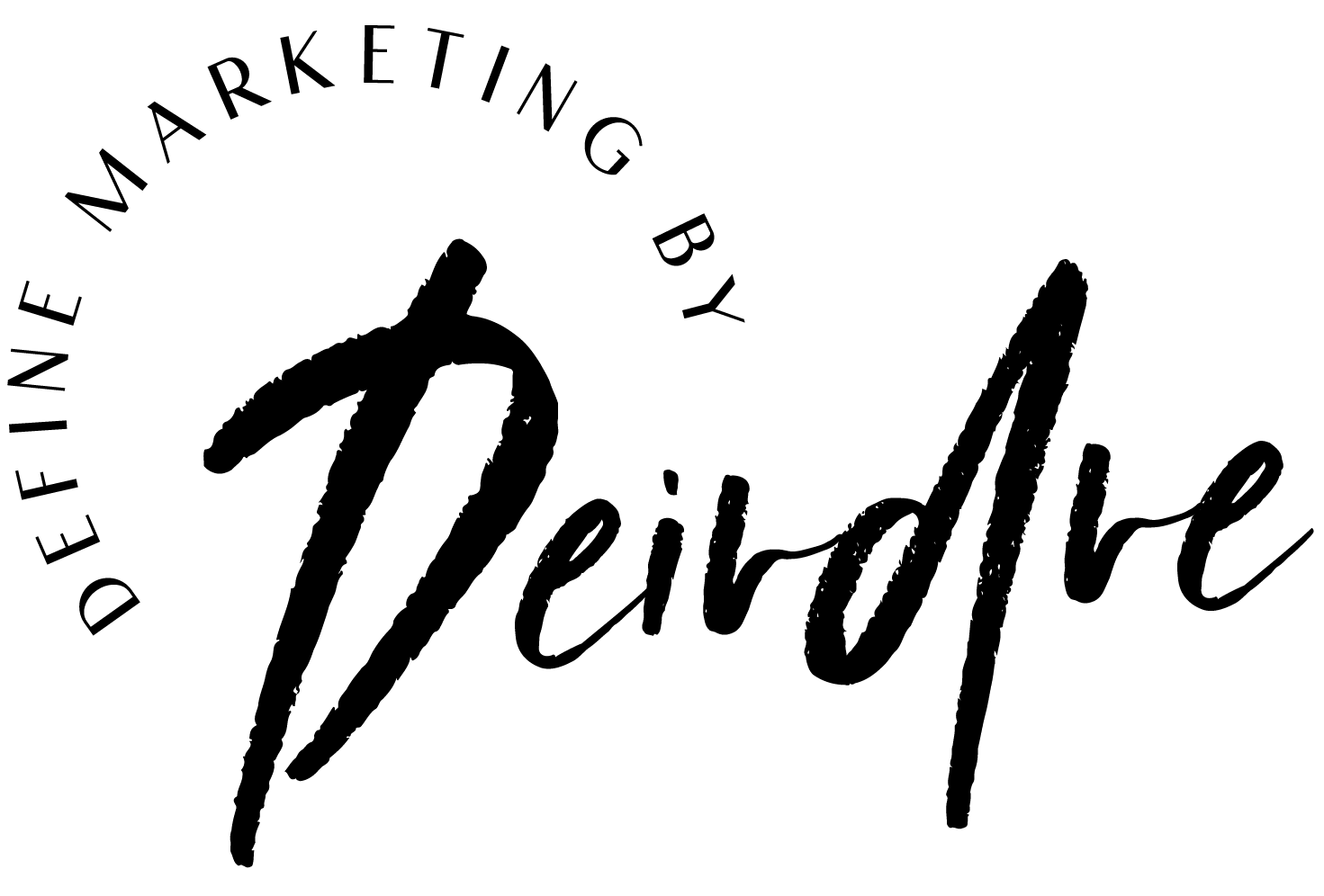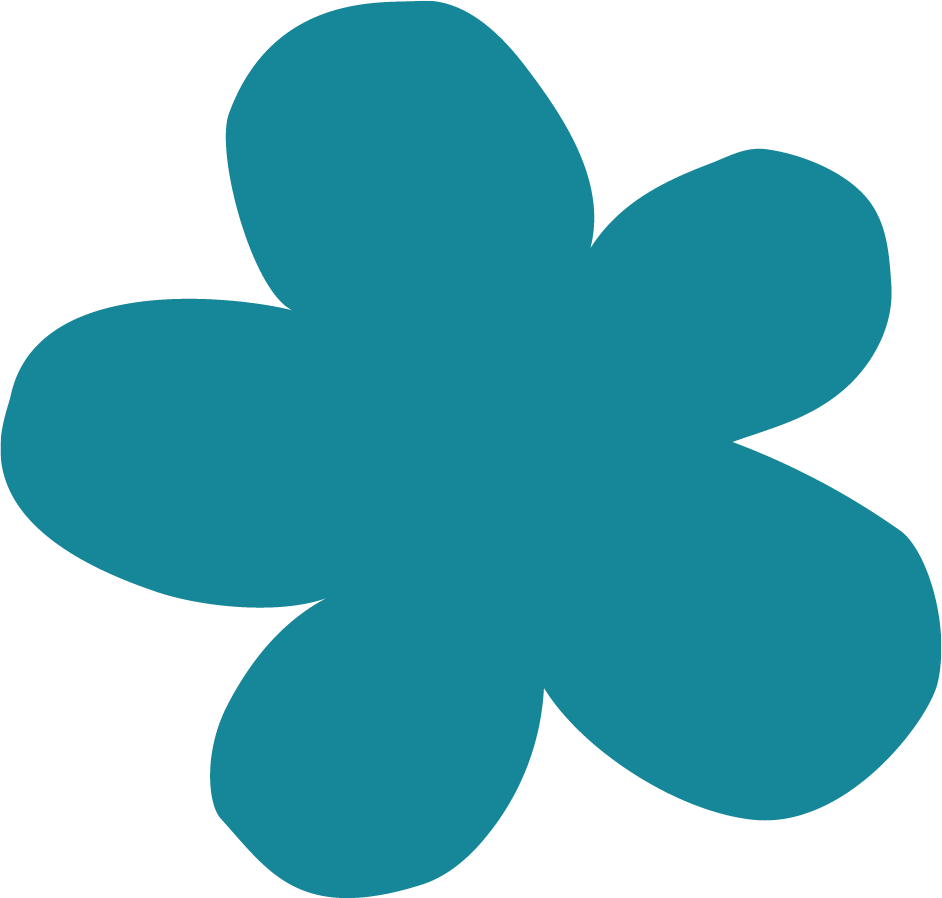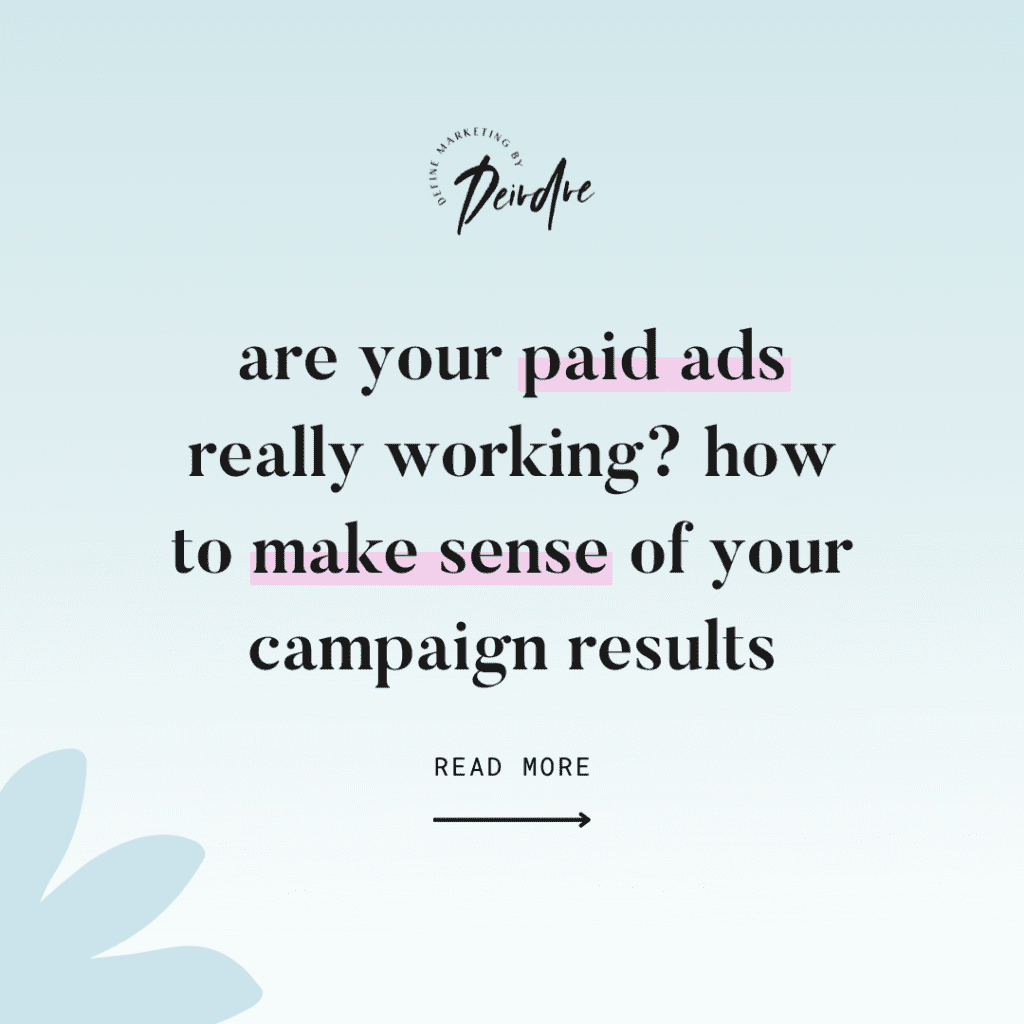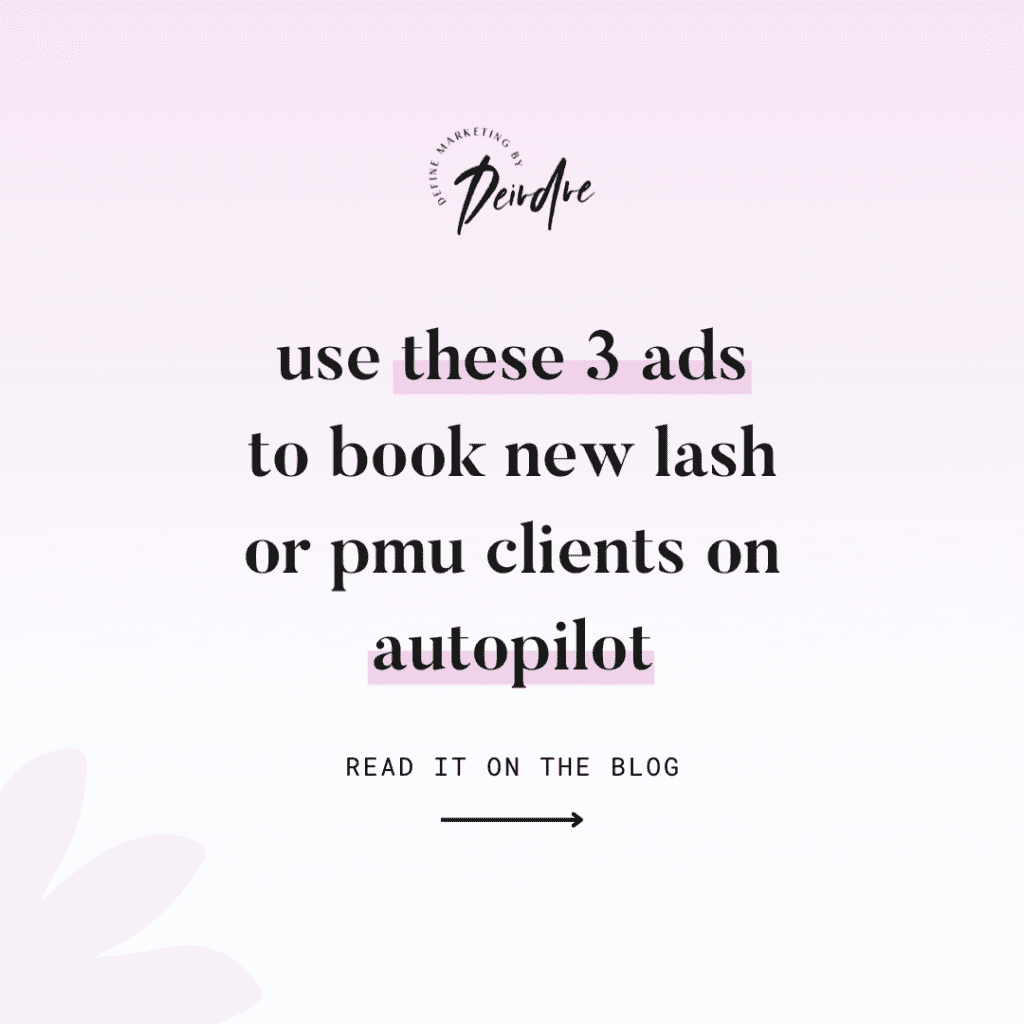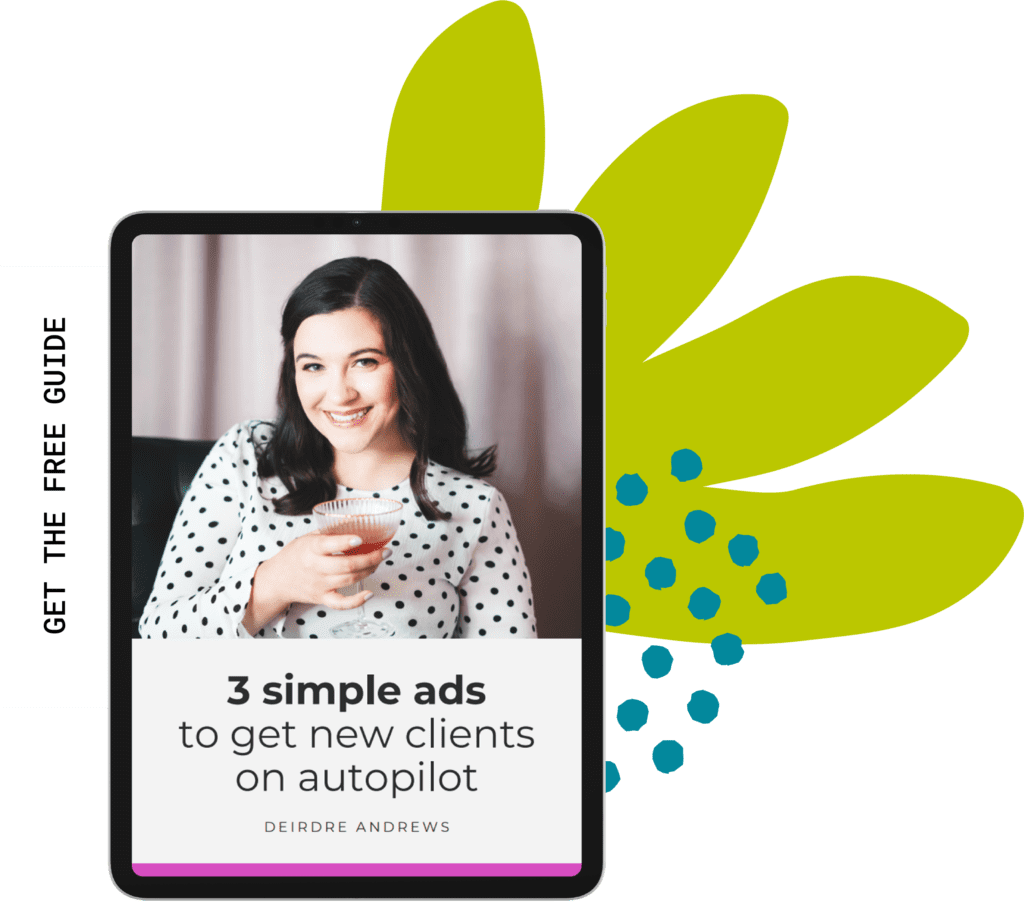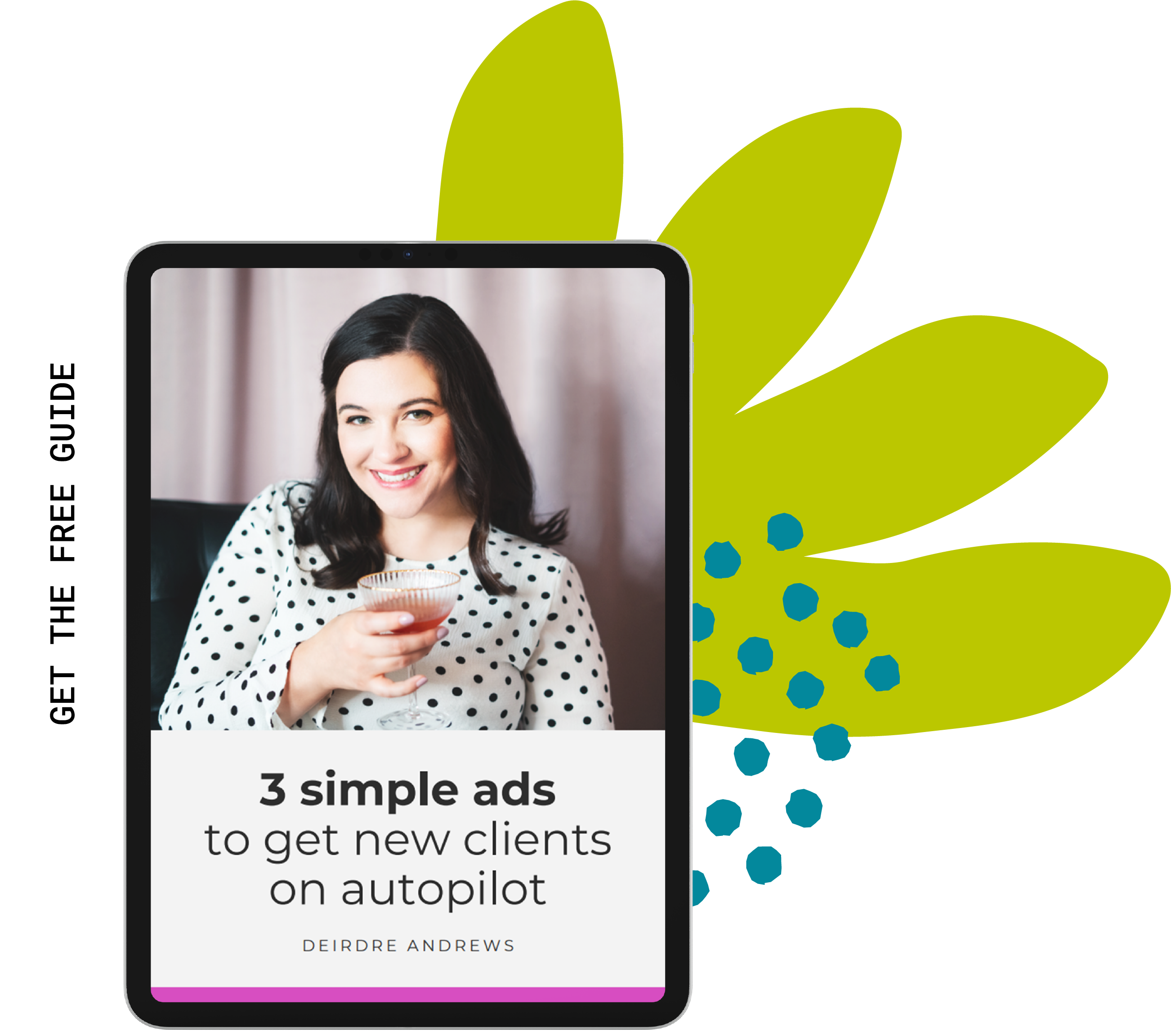If there’s one thing that all local business owners know, it’s this: no matter how talented you are in your niche, building a business around that talent is hard work.
Deep down, you know that your business NEEDS to be seen in order to grow… but investing your own money into online advertising is terrifying, isn’t it?
And takes a ton of patience and dedication to test out different marketing strategies.
But when you’re getting clicks and no sales, you might start to feel like you’re just throwing money into a black hole.
Maybe you’ve even started to wonder if online advertising is just a bunch of bullshit!
But listen…
Attracting new clients to your local business goes beyond just posting pretty photos on Instagram, adding a few hashtags and boosting a few posts on Facebook.
If you really want to increase your bookings and get MORE customers through your door, consider incorporating Google Ads into your marketing strategy.
I know that Google Ads may seem daunting at first, but trust me… You CAN set up a profitable campaign for your salon and you don’t need to hire an expensive consultant to do it.
To help you get started, I’ve teamed up with Kati Whitledge, owner of the award-winning Be Inspired Salon and host of Beyond the Technique Podcast.
Even if you’re not in the salon or beauty biz, if you’re any kind of local business owner you’ve GOT to check out this episode!
Kati and I are going ALL IN with a step-by-step tutorial to get your first Google Ads campaign all set up and ready to go.
Prefer to listen to this article? Click on the player at the top of this post. Or, you can read on…
Trust me… while creating a Google Ads campaign might seem overwhelming right now, once you master the skill, you’ll quickly see why this is such a powerful marketing tool!
Are you with me? Let’s dive in headfirst and get you all set up, shall we?
So, Why Should You Try Google Ads?
Before we go any further, let’s make sure we’re all on the same page about why Google Ads are such a powerful marketing tool for small business owners.
You see, Google Ads have a secret power that Facebook and Instagram don’t…
The power of 

When people are searching for a solution to a problem on Google, they’re very close to being in a “ready to buy” mode. For example, if Cindy goes to her Google search bar and types in “hairstylist in Toronto,” Cindy is clearly actively looking for a hairstylist in Toronto.
On the other hand, with other popular ad platforms like Facebook or Instagram, an ad for a hairstylist might show up in your ideal customer’s News Feed, but that doesn’t mean they’re actively looking for a hairstylist right now.
Remember, there are approximately 3.5 billion Google search queries made every single day.
Undeniably, the volume is out there for you to fulfill a need. You just have to ensure you’re serving the right ad, to the right person, at the right time.
I’m going to help you do just that, so let’s get started.
How To Set Up Your First Google Ad
Step 1: Set Up Your Account
First, you need to sign up for a Google Ads account. This is a fairly basic process, but if you’re having a hard time, simply Google it, and you’ll find plenty of tutorials on the topic.
Step 2: Choose a Service to Promote
Next, I want you to look at all the services you offer and think about which service you want to advertise. This isn’t the time to think about general services… I want you to get specific.
For example, if you’re a hairstylist, rather than creating a generic ad about your salon, ask yourself… Is there a specific treatment I specialize in that could benefit from a Google Ad?
Maybe you’re particularly gifted at working with curls and textured hair? Or perhaps you want to promote your high-end balayage technique?
Taking the time to get specific here will not only help with ensuring your ad reaches the right audience, it will also help with our next step…
Step 3: Choose Your Keywords
This is the part of the puzzle that tends to scare people, but stick with me.
Keywords are simply the words and phrases that are used to match your ads with the terms that people are searching for.
For example, if you’re trying to reach people looking for a hairstylist who specializes in working with curls and textured hair, one of your keywords might be “hairstylist for curly hair.”
If you need additional help, you can find a free tool inside your Google Ads dashboard called the Keyword Planner. With this tool, you can start with one keyword and Google will show you related terms that people are searching for.
Step 4: Group Your Keywords
At this point, you’ll want to group your keywords into what are called Ad Groups.
Each Ad Group holds a set of closely related keywords that will trigger a specific ad.
One Ad Group might have keywords associated with your services as a hair colour expert, while another Ad Group might target your lash extension services. The two Ad Groups should remain separate.
You can have multiple Ad Groups inside your campaign, but there are two major points to keep in mind…
- Your keywords for each Ad Group should be used in the copy of the ad. For example, the ad paired with your balayage keywords should actually be about your balayage services, not just what a great salon you have.
- That ad should then link to a highly relevant page of your website, not just your Home Page. If someone clicks on your ad for balayage, they should land on a page that offers more information about that service. Create a landing page if need be.
Step 5: Add Match Types to Your Keywords
Choosing the right keywords is essential when it comes to reaching your ideal customers. But if you want to boost the effectiveness of your ad, I always recommend using more specific match types.
What are match types?
Match types are symbols placed around your keywords to give you even more control over which searches are triggering your ads.
By default, your keywords can trigger your ads for a very broad range of search terms. For example, if you use the keyword hairstylist, Google might place this ad in front of anyone searching for ideas for a new hairstyle.
This can get you a ton of clicks, but unfortunately, not all of these clicks will be relevant. I mean, just because someone is looking for a new style, it doesn’t mean they’re looking for a new salon.
If you specifically want to target people looking for a hairstylist, use quotation marks around your keywords to tell Google that you only want to show up for that specific search.
Like this: “hairstylists in Vancouver”
It seems like a small step, but using match types makes a big difference in ensuring your ad is only being seen by the people who truly want what you’re offering.
Step 6: Add Negative Keyword
In addition to picking your keywords, it’s always a good idea to add some negative keywords.
A negative keyword is a word or phrase that you want to exclude from the search terms that trigger your ads.
This further ensures your ad is being served to the right people.
If you only offer women’s haircuts, you might add “men” as a negative keyword. This means your ad will not show up if someone uses the word “men” when searching for a haircut.
Other ideas for keywords to exclude are:
- Cheap
- Free
- At Home
Remember, you’re selling a service. If someone is looking for a cheap cut or a tutorial on how to colour their hair at home, they most likely won’t be swayed to book an appointment at a high-end salon just by seeing your ad.
Step 7: Deciding on Your Budget
A quick note on budget when setting up your Google Ads campaign.
Having said that, in order to choose the right budget, it’s important to understand how the Google Ads system works.
Google Ads is an auction. You’re bidding for the chance to have your ad shown when someone searches for the keywords you’ve chosen.
If you want your ad to be seen, you generally need to be the highest bidder for a particular keyword.
For example, if you want your ad to show up when someone searches for “balayage in Toronto” you’ll have to decide how much you’re willing to pay for a click. You’ll then be entered into an auction with other advertisers. If you’re the highest bidder, congrats! Your ad will be served!
However, the highest bidder doesn’t always win…
Google wants to serve highly relevant ads to searchers. So, even if you’re not the highest bidder for a particular keyword, Google will still show your ad first if it’s the highest quality.
This means you might pay less than your competitors!
So, what makes a high-quality ad?
A high Click-Through Rate (CTR), for starters. Your CTR is the percentage of people who clicked your ad after seeing it. If this number is high (5-7% or more), Google sees this as a sign that your ad is relevant to searchers and therefore likely to be higher quality.
But the bottom line is that a budget is highly individual to each business.
If you have a salon in a small town without a ton of competition, you might pay $1 per click. But if you live in a big city with a lot of competition, you could pay up to $15 per click.
That might sound like a lot of money, but just remember… If you’re creating highly relevant ads and giving people solutions to what they’re searching for, you’ll see soon see a steady flow of new customers coming through your door.
Analyzing Your Google Ads Campaign
Okay, so you’ve decided what you want to set up a Google Ads campaign for your salon, you’ve picked some keywords and you’ve got your ads up and running.
Excellent! You’re well on your way to seeing more leads, more customers and more sales than ever!
However, the work doesn’t end there.
Just like with anything in business, you now need to analyze the results of your Google Ads campaign and adjust your settings accordingly.
How long should I let my Google Ads run before analyzing?
I always recommend that people let their Google Ads run for at least 30 days or 500 clicks before drawing any conclusions about the success of their campaign.
Now, that doesn’t mean you can’t work on optimizing your ad throughout those 30 days.
If you see that your ad is coming up for services that you don’t offer, add those terms as negative keywords.
And if you see that one ad is performing drastically better than another, it’s ok to pause the losing ad.
The main thing to remember is that you shouldn’t draw conclusions about the success of your campaign until you’ve given it a fair shot.
How can I track my ROI?
Alright! You’ve optimized your campaign over the recommended 30 days and you’re ready to determine if your ad is serving your business!
For this piece of the puzzle, it’s recommended that you have Google Analytics installed on your website. This will help you determine how people are behaving once they land on your page.
Be careful, though. At this point, many people get caught up in looking at direct conversion rates (the percentage of people booking an appointment immediately after clicking on your ad).
This is NOT a good indicator of the effectiveness of your Google Ads campaign. You’ll be lucky if your immediate booking rate is higher than 2%.
Why?
Think about it… When was the last time you bought something immediately after seeing an ad for it? It doesn’t happen often, does it?
It’s the same when advertising to people looking for a new hair salon. Most people won’t book an appointment right away. They might need time to think about their booking, they might want to research other options, or quite simply, they might just be busy and don’t have time to book in that exact moment.
But if you made a good impression, there’s a good chance your site visitors will come back and book later. And when they do, it won’t always show up as a direct conversion from your Google Ads campaign.
Just remember… Even if your client came back to your site from a different channel, your Google Ad is what originally got your services in front of that client in the first place.
Better indicators of the effectiveness of your ad are:
- Bounce Rate
- Session Duration
- Overall Increase in Bookings
A low Bounce Rate means that people aren’t “bouncing” away once they land on your website. They’re clicking around and checking out various pages because they’re clearly interested in what you offer (aim to have a Bounce Rate lower than 60%).
Session Duration is simply the amount of time a visitor is spending on your website. A longer duration means they’re taking the time to read through your content and services, which is another good indicator of interest.
But your overall increase in bookings is most essential to take note of. Even if it doesn’t look like your Google Ads campaign is driving direct conversions, if your overall bookings have increased since setting up your campaign, it’s likely that people are finding you through Google and booking later.
Bonus Tip: Remarketing
Before we finish up this tutorial on setting up a successful Google Ads campaign, I want to quickly touch on the importance of remarketing.
Remarketing is a term used to describe marketing to people who have already engaged with your business.
They’ve visited your site and they know who you are, but perhaps they weren’t ready to book an appointment just yet. These people are your “warm” audience.
You can retarget this “warm” audience by serving up a visual ad to them, reminding them of your services, and ensure that your brand stays top of mind.
Don’t forget, people are busy and don’t always have time to book with you right away. If you’re taking the extra step to retarget your warm audience, you’re far more likely to see your overall bookings increase.
Conclusion: Are Google Ads Worth Your Time and Money?
Let me be direct here…
Yes, unequivocally, Google Ads are absolutely worth your time!
There’s no denying that setting up an effective Google Ads campaign can take time and skill. But once you get the hang of picking the right keywords, writing effective copy and understanding your metrics, Google Ads can quickly become one of the most profitable marketing tools in your kit.
